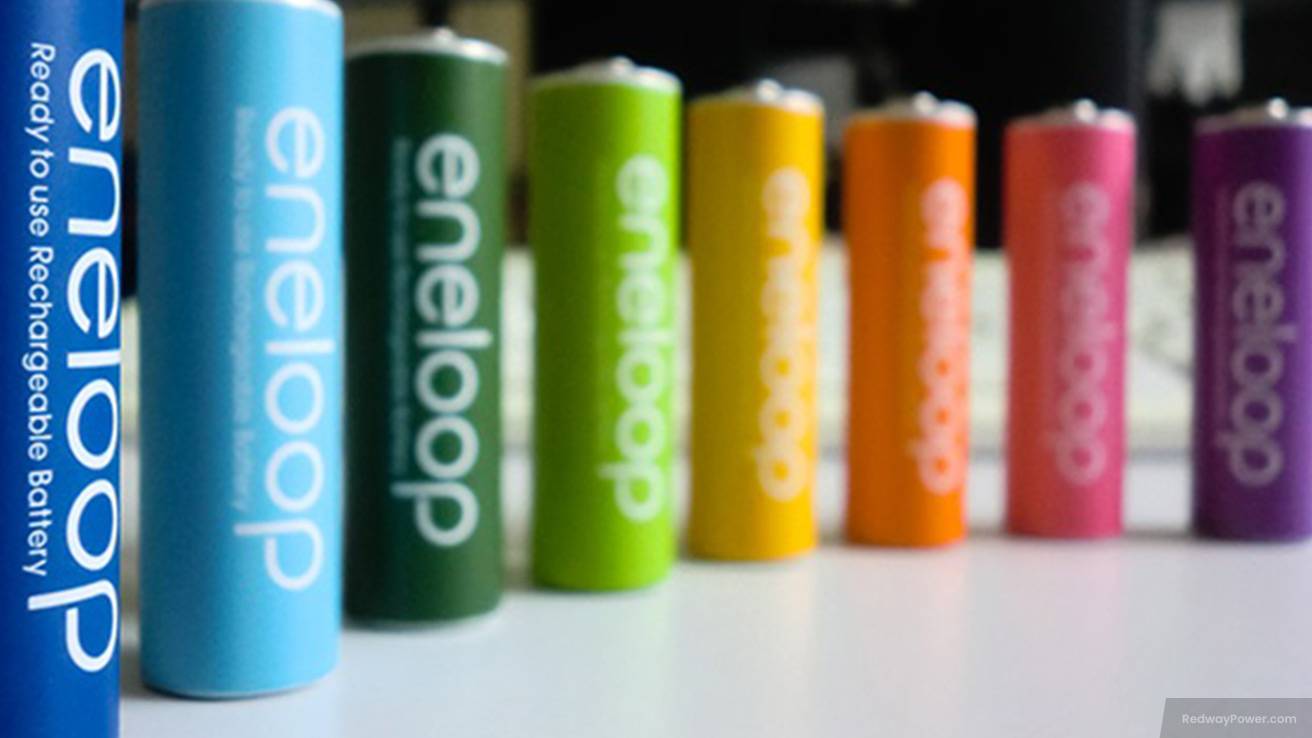Looking for the ideal battery to store ample electricity? In today’s fast-paced world, finding the right battery is crucial for our power-hungry devices. This comprehensive guide simplifies the research, providing insights into various battery types and their energy storage capacities, helping you make an informed decision effortlessly.
Lithium-ion Batteries
Lithium-ion batteries have gained popularity for their high energy density and extended lifespan, making them prevalent in devices like smartphones and electric vehicles. Here are key advantages:
- Compact and Powerful: Lithium-ion batteries store a large amount of electricity in a small size, making them ideal for space-constrained applications and reducing weight concerns.
- Low Self-Discharge: These batteries have a low self-discharge rate, allowing them to retain charge for longer periods when not in use.
- Fast Charging: Lithium-ion batteries offer fast charging capabilities, providing quick access to power for users on the go.
While they offer significant benefits, it’s crucial to manage factors like temperature and charging to maximize their lifespan. As technology advances, further improvements in capacity and performance can be expected.
Lead-acid Batteries
Lead-acid batteries, with a history spanning over a century, are renowned for their reliability. Here’s a concise breakdown:
- Affordability and Power: Lead-acid batteries are cost-effective and excel in delivering high power output, making them suitable for applications like car engines and backup power supplies.
- Long Lifespan: Properly maintained lead-acid batteries boast a long lifespan, lasting up to 10 years in some cases.
- Drawbacks: On the flip side, they are heavy and require regular maintenance, limiting their use in portable devices where weight is a concern.
While lead-acid batteries remain prevalent due to their affordability and reliability, advancements in battery technology have introduced options with higher energy storage capacities and extended lifespans.
Nickel-metal Hydride Batteries
NiMH batteries shine as efficient power sources. Let’s break down their key features:
- High Energy Density: NiMH batteries store substantial electricity in a compact size, making them perfect for portable devices like cameras, laptops, and electric vehicles.
- Extended Lifespan: Withstanding numerous charge cycles, NiMH batteries offer a longer lifespan compared to other rechargeable types, ensuring lasting performance.
- Environmentally Friendly: NiMH batteries stand out for their eco-friendly composition, lacking toxic materials found in some alternatives, making them safer for disposal or recycling.
While NiMH batteries excel in many areas, their self-discharge rate makes them less suitable for applications requiring prolonged storage without recharging or extreme power demands.

Sodium-ion Batteries
Delving into the world of energy storage, sodium-ion batteries emerge as a promising alternative. Let’s uncover their key advantages:
- Abundance and Cost-Effectiveness: Sodium-ion batteries utilize readily available and affordable sodium, potentially offering a cost-effective solution compared to lithium-ion alternatives.
- Enhanced Safety Profile: These batteries exhibit a safer nature, with reduced risks of overheating or combustion compared to lithium-ion counterparts. This makes them a secure option for applications like electric vehicles and renewable energy storage.
- Ongoing Advancements: While sodium-ion technology holds great promise, challenges persist, such as achieving comparable performance in cycle life and charging speed to lithium-ion batteries. Researchers actively work on overcoming these hurdles for broader adoption.
As sodium-ion batteries continue to evolve, they present an intriguing alternative with the potential to revolutionize electricity storage across various applications.
Comparing Energy Storage Capacities of Each Battery Type
Embarking on a journey through battery technologies, let’s explore their diverse capacities:
- Lithium-ion Batteries: Renowned for high energy density and durability, lithium-ion batteries power portable electronics and electric vehicles. Ongoing advancements enhance efficiency, allowing more electricity storage in a compact size.
- Lead-acid Batteries: Time-tested and cost-effective, lead-acid batteries offer reliability, though with lower energy density. Commonly found in cars, motorcycles, and backup power systems, they remain relevant in various applications.
- Nickel-metal Hydride (NiMH) Batteries: Striking a balance, NiMH batteries provide moderate energy density, fitting between lithium-ion and lead-acid. Often used in hybrid vehicles and rechargeable consumer electronics.
- Sodium-ion Batteries: Emerging as a newcomer, sodium-ion technology holds promise due to abundant raw materials. While not yet widely available, it shows potential for large-scale energy storage applications.
Remember, choosing the right battery involves considering specific needs, use cases, and factors beyond energy storage, such as cost, environmental impact, safety, and charging efficiency.
Factors to Consider When Choosing the Right Battery for Your Needs
Selecting the perfect battery involves considering key factors tailored to your needs:
- Energy Storage Capacity: Start by assessing how much power you need for your devices or appliances. The battery’s capacity should align with your usage requirements.
- Lifespan: Longevity matters. Research and compare battery options to find one with a durable design and extended lifespan, ensuring it lasts for as long as possible.
- Charging Time: Time is valuable. Consider the charging speed of the battery; some may take longer than others. Opt for a convenient charging time that suits your usage patterns.
- Portability: For on-the-go use or outdoor activities, prioritize a lightweight and compact battery. Ensure it’s easy to carry without weighing you down during your adventures.
- Cost: Set a budget and find a battery that strikes a balance between affordability and quality. Different types and brands vary in price, so choose wisely according to your financial plan.
- Safety Features: Prioritize safety by selecting batteries with built-in protection mechanisms. Features like overcharge protection and temperature control contribute to safe and secure usage.
By keeping these considerations in mind, you can confidently choose a battery that aligns with your specific needs and preferences.

Future Developments in Battery Technology
Explore the exciting advancements in battery technology that promise better energy storage solutions:
- Solid-State Batteries: Researchers are focusing on solid-state batteries, replacing liquid electrolytes with solids for enhanced safety and increased energy density.
- Lithium-Air Batteries: In the early stages of development, lithium-air batteries hold potential for significantly higher energy densities than traditional lithium-ion batteries.
- Flow Batteries: Innovative flow batteries use external tanks to store electrolyte liquids, allowing easy scalability while maintaining high efficiency.
- Graphene-Based Batteries: Leveraging graphene’s exceptional electrical conductivity and strength, these batteries aim to enhance overall performance.
- Sodium-Ion Batteries: With lower costs and abundant resources, sodium-ion batteries may rival lithium-ion batteries in the future.
- High-Capacity Capacitors: Recent advancements hint at ultracapacitors with higher capacity as potential alternatives or complementary technologies to traditional batteries.
These developments address current limitations in capacity, charging time, and environmental impact, shaping the future of energy storage technologies. The choice of the right battery type depends on factors such as capacity, application requirements, cost-effectiveness, sustainability goals, and ongoing technological advancements.

